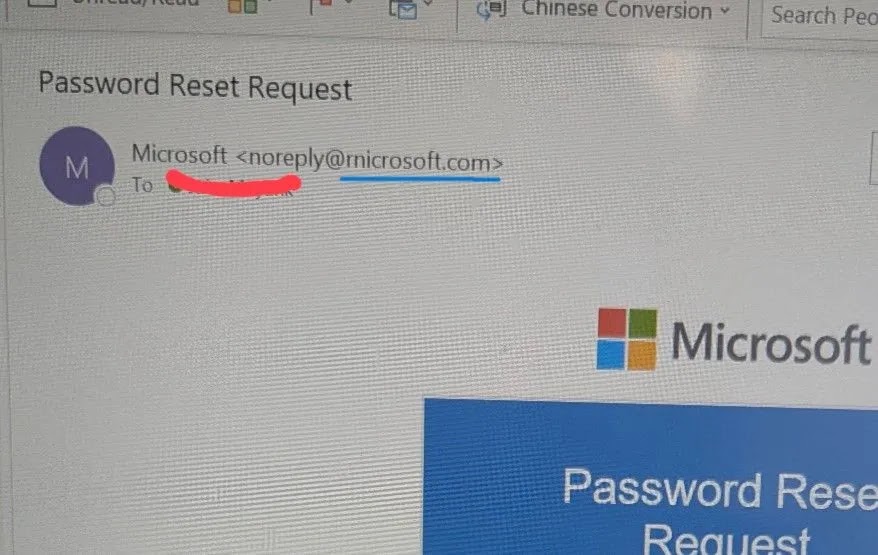In 2025, a sophisticated Android spyware campaign known as ClayRat has emerged, posing a significant threat to mobile users worldwide. This malware cleverly disguises itself as widely-used applications such as WhatsApp, Google Photos, TikTok, and YouTube, enabling it to infiltrate devices and extract sensitive user data.
Deceptive Distribution Tactics
ClayRat’s operators employ advanced distribution methods to maximize their reach and effectiveness. They create phishing websites that closely resemble legitimate service pages, luring users into downloading malicious applications. Additionally, they utilize Telegram channels to disseminate these infected apps, providing installation instructions designed to bypass Android’s built-in security warnings. This strategic approach not only enhances the malware’s credibility but also increases the likelihood of successful infections.
Sophisticated Infection and Persistence Mechanisms
Once installed, ClayRat employs several advanced techniques to establish and maintain control over the infected device:
– Abuse of SMS Handler Role: By exploiting Android’s default SMS handler role, ClayRat gains extensive access to messaging functions without triggering standard permission prompts. This allows the malware to read, store, and forward text messages discreetly.
– Session-Based Installation: To circumvent Android 13’s enhanced security measures, ClayRat uses session-based installation methods. It presents fake Google Play Store update screens to users, mimicking legitimate system update procedures while secretly deploying encrypted payloads stored within the application’s assets.
– Comprehensive Surveillance Capabilities: Upon successful installation, ClayRat initiates a range of surveillance activities, including:
– Capturing Photographs: Utilizing the device’s front-facing camera to take photos without user consent.
– Exfiltrating Call Logs and SMS Messages: Accessing and transmitting call logs and text messages to command-and-control servers.
– Monitoring Notifications: Intercepting device notifications to gather additional user information.
– Unauthorized SMS Transmission: Sending malicious links to all contacts in the victim’s phonebook, effectively turning the infected device into a distribution hub for further infections.
Rapid Evolution and Evasion Techniques
The ClayRat campaign has demonstrated rapid growth and adaptability. Security researchers have documented over 600 malware samples and 50 dropper variants within a three-month period. Each iteration introduces new layers of obfuscation and packing techniques designed to evade detection systems, showcasing the operators’ commitment to maintaining persistence against evolving security defenses.
Mitigation Strategies
To protect against ClayRat and similar threats, users are advised to:
– Download Apps from Trusted Sources: Only install applications from official app stores and avoid downloading apps from unknown sources or links received through messages.
– Verify App Authenticity: Before installing, check the developer’s credentials and read user reviews to ensure the app’s legitimacy.
– Keep Devices Updated: Regularly update your device’s operating system and applications to benefit from the latest security patches.
– Be Cautious with Permissions: Pay attention to the permissions requested by apps. If an app requests access to functions unrelated to its purpose, it may be malicious.
– Use Security Software: Install reputable mobile security applications that can detect and prevent malware infections.
By staying vigilant and adopting these practices, users can significantly reduce the risk of falling victim to sophisticated malware campaigns like ClayRat.



